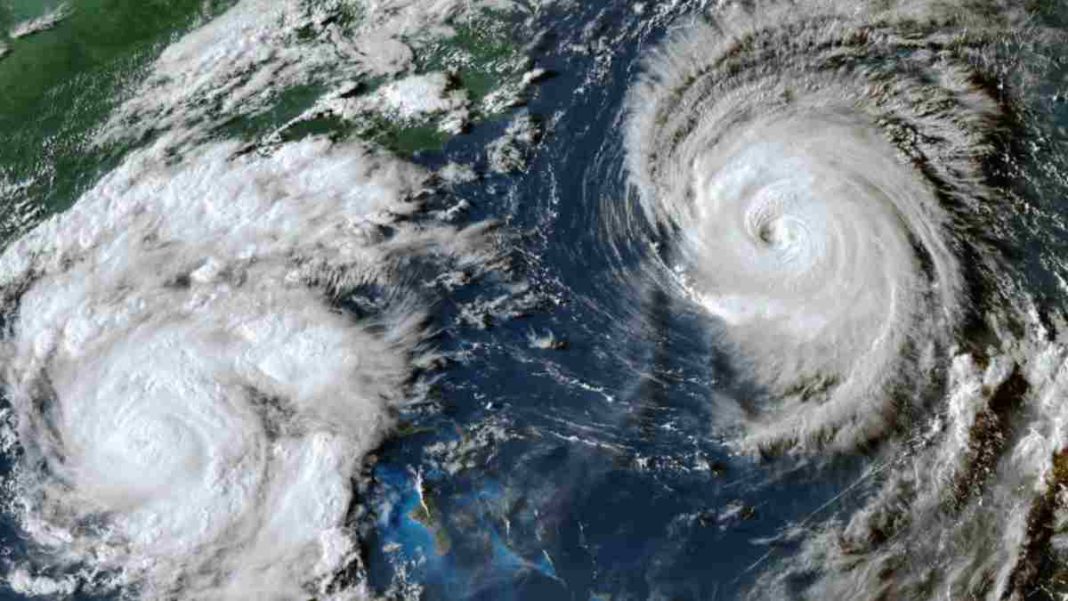UNITED STATES: As Hurricane Idalia advances towards Florida’s Gulf Coast, authorities are urging residents to prepare for a potentially devastating impact. The storm, expected to reach Category 4 intensity, prompted widespread evacuations and emergency measures as it approached landfall.
Late on Tuesday, Idalia’s maximum sustained winds reached 110 miles per hour (177 kph), placing it at the upper range of Category 2. The National Hurricane Centre (NHC) in Miami predicted that its strength would continue to escalate before it reaches the coastline.
The storm is projected to intensify to an “extremely dangerous Category 4 intensity” with maximum sustained winds of at least 130 mph (209 kph) on the Saffir-Simpson wind scale. Idalia was upgraded to a Category 2 hurricane on Tuesday evening after attaining wind speeds of over 95 mph (153 kph) over the warm waters of the Gulf of Mexico.
While wind speeds are a concern, the storm surge is anticipated to be the most hazardous aspect. Strong winds are predicted to drive seawater inland, potentially causing dangerous floods in low-lying coastal regions and barrier islands.
Governor Ron DeSantis of Florida urged at-risk communities to heed evacuation warnings, emphasizing the potential for life-threatening flooding due to storm surge. The Big Bend area of Florida’s coastline, which curves into the Gulf side of the Florida Peninsula, was identified as the likely landfall point.
Preparations have been extensive, with over 5,500 National Guard members mobilized and up to 40,000 electricity workers on standby. The state has also allocated 1.1 million gallons of gasoline to manage potential fuel supply disruptions.
In addition to its impact on residents, Hurricane Idalia has led to disruptions in energy production and transportation. U.S. oil company Chevron evacuated personnel from three oil production platforms, and Kinder Morgan prepared to shut down a petroleum pipeline. Idalia-related delays also halted the launch of a rocket carrying an intelligence satellite for the U.S. Space Force.
The storm’s trajectory indicates that it could become the fourth major hurricane to make landfall in Florida over the past seven years, following Irma in 2017, Michael in 2018, and Ian in 2022. With its potential for destructive force, authorities and residents alike are bracing for Hurricane Idalia’s impact on the Gulf Coast.
Also Read: US NHC Predicts Hurricane Franklin to Become Major Storm by Late Sunday



